WHO
STAYED
Once stretched along banks of the Nile from north of Sudan to south
of Egypt; A cradle to one of the earliest civilisations in ancient Egypt and
Africa.
Now most of Nubian lands are submerged in water.


Those Who Stayed
2017
is a documetary project made with the comunity of Heissa: The last inhabited island that remained of ancestral land of Nubia in south of Egypt, after much of Nubian villages that once flourished along banks of the Nile river were flooded by construction of Aswan High Dam in 1960s. It’s a project that sheds light on the only Nubians who still live in their ancestral land. Nubian culture is seeing a decline ignited by flooding of the land that ensued the construction of AHD and forced displacement of its members, in tens of thousands at the time, and thus the slow perish of its language, only viable enough to make it an exotic tongue for many others who seek to study it.


Heissa is a rocky island in the northmost Nile cataracts in Aswan. It’s located in the old reservoir a Nile reservoir between the older dam that was built in 1890s and Aswan High Dam that was built in 1960s. It was once parts of Waterfall Islands “Jozor AlShallal”, before the rest of them submerged in water partially in 1890s and completely in 1960s.
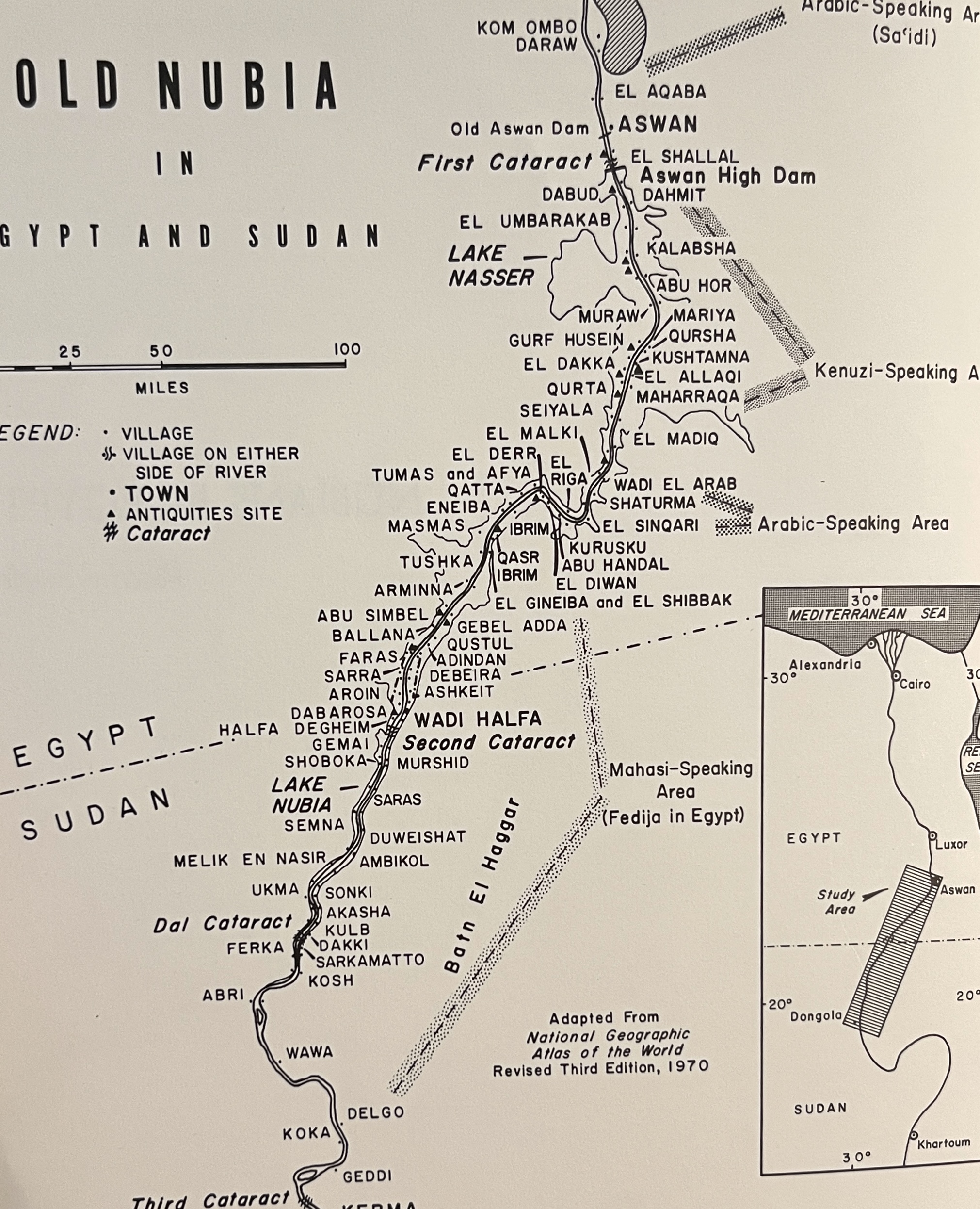
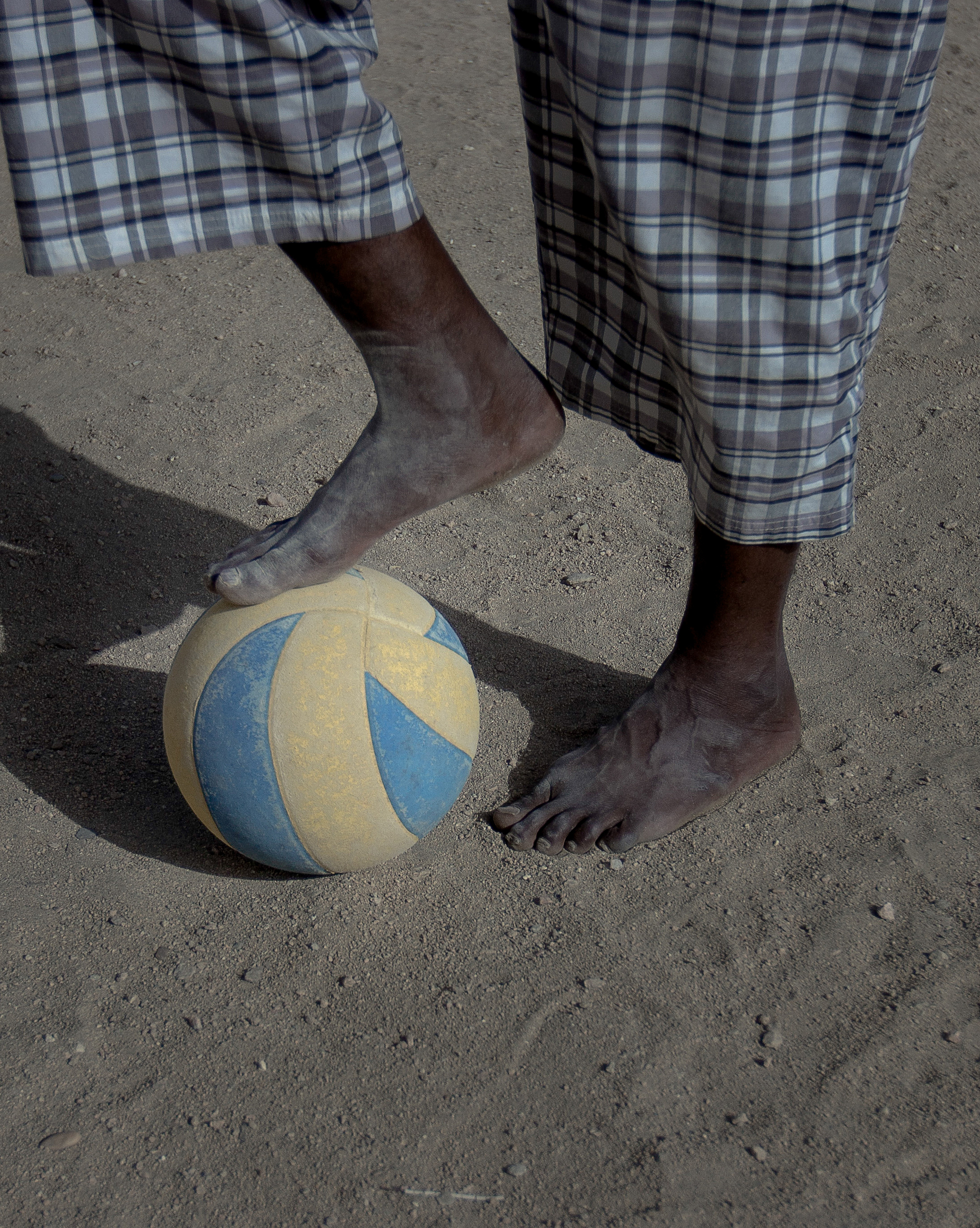

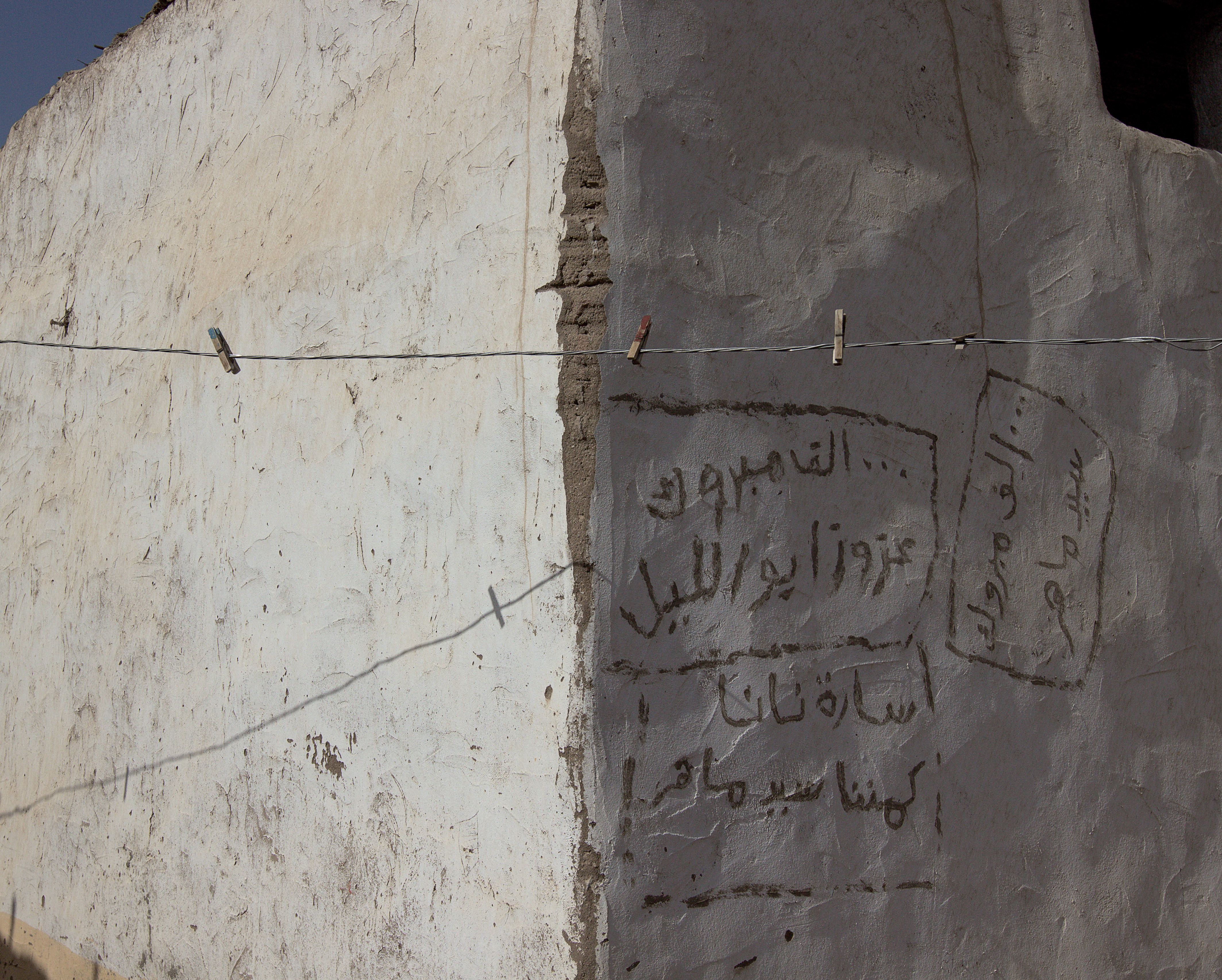


Today, Heissa island is inhabited by six big families, some of whom had reloacted to Heissa after refusing to move to the new towns built for them - most of which are located far away from the Nile. More than twenty five Nubian villages were submerged in water in what is now called “Nasser Lake” one of the biggest man-made lakes in the world stretching over 5,000 square Kilometers of a once a rich history on flourishing banks of the Nile. The people of Heissa have become the only native Nubians still inhabiting their land.


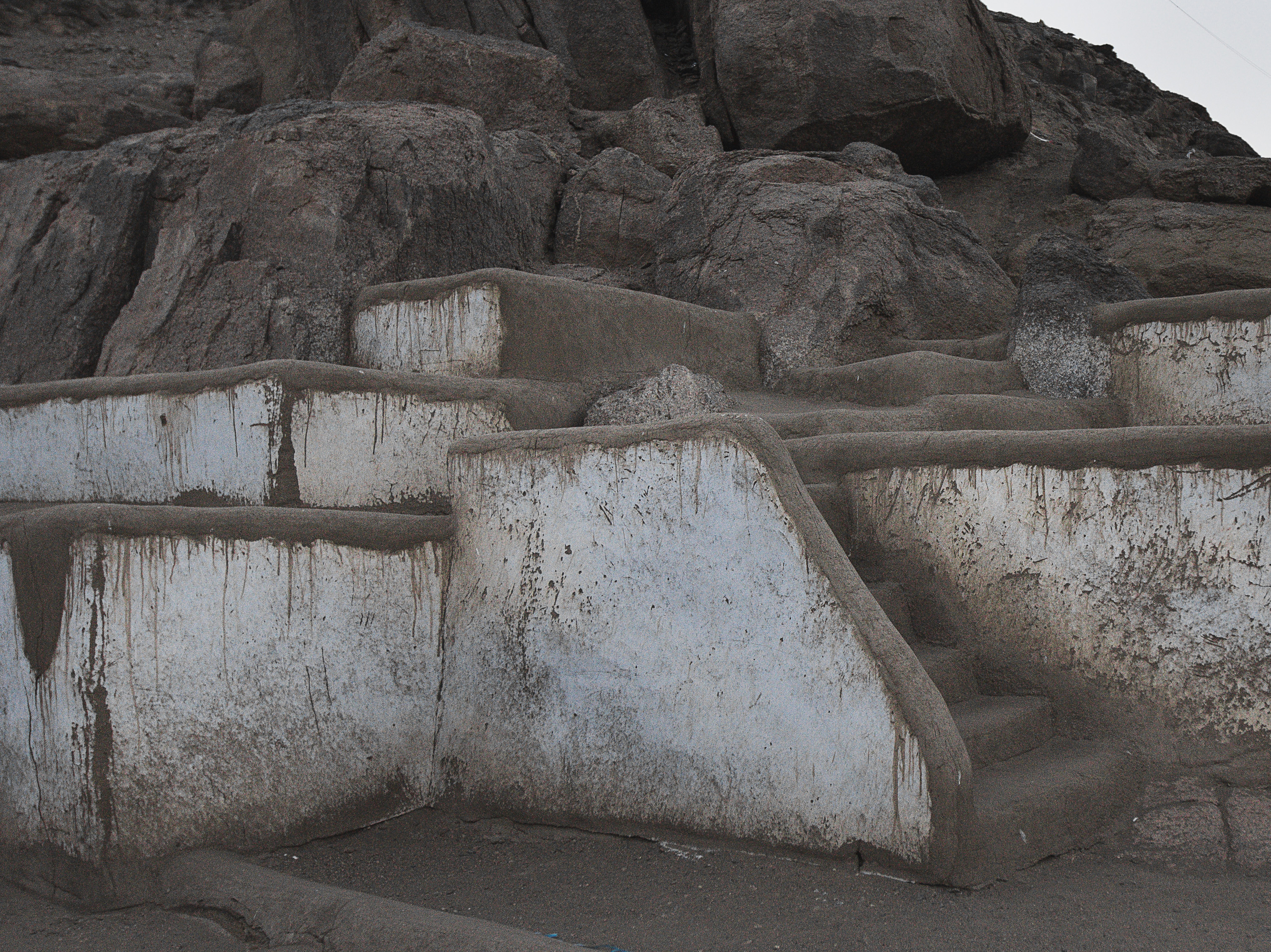




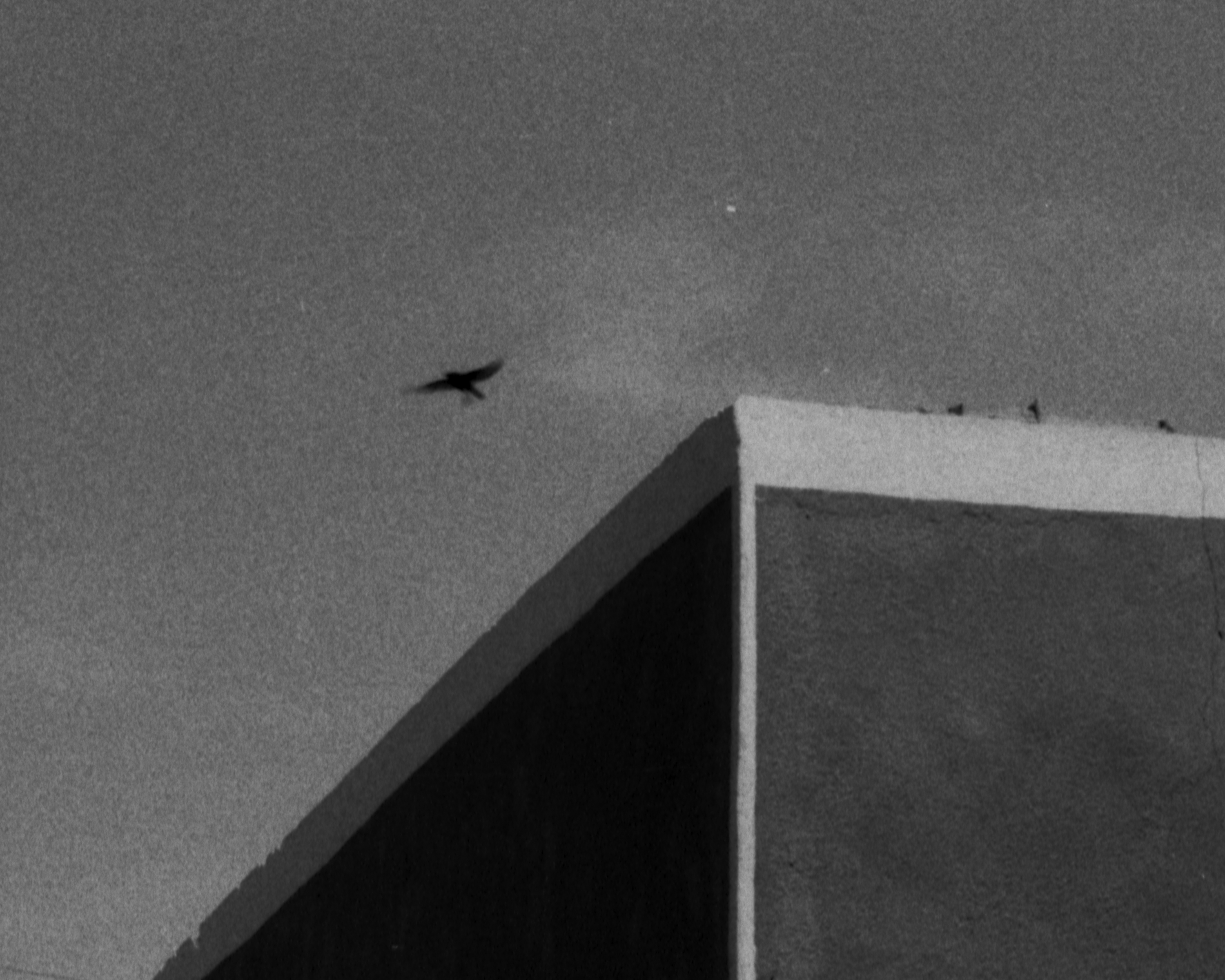
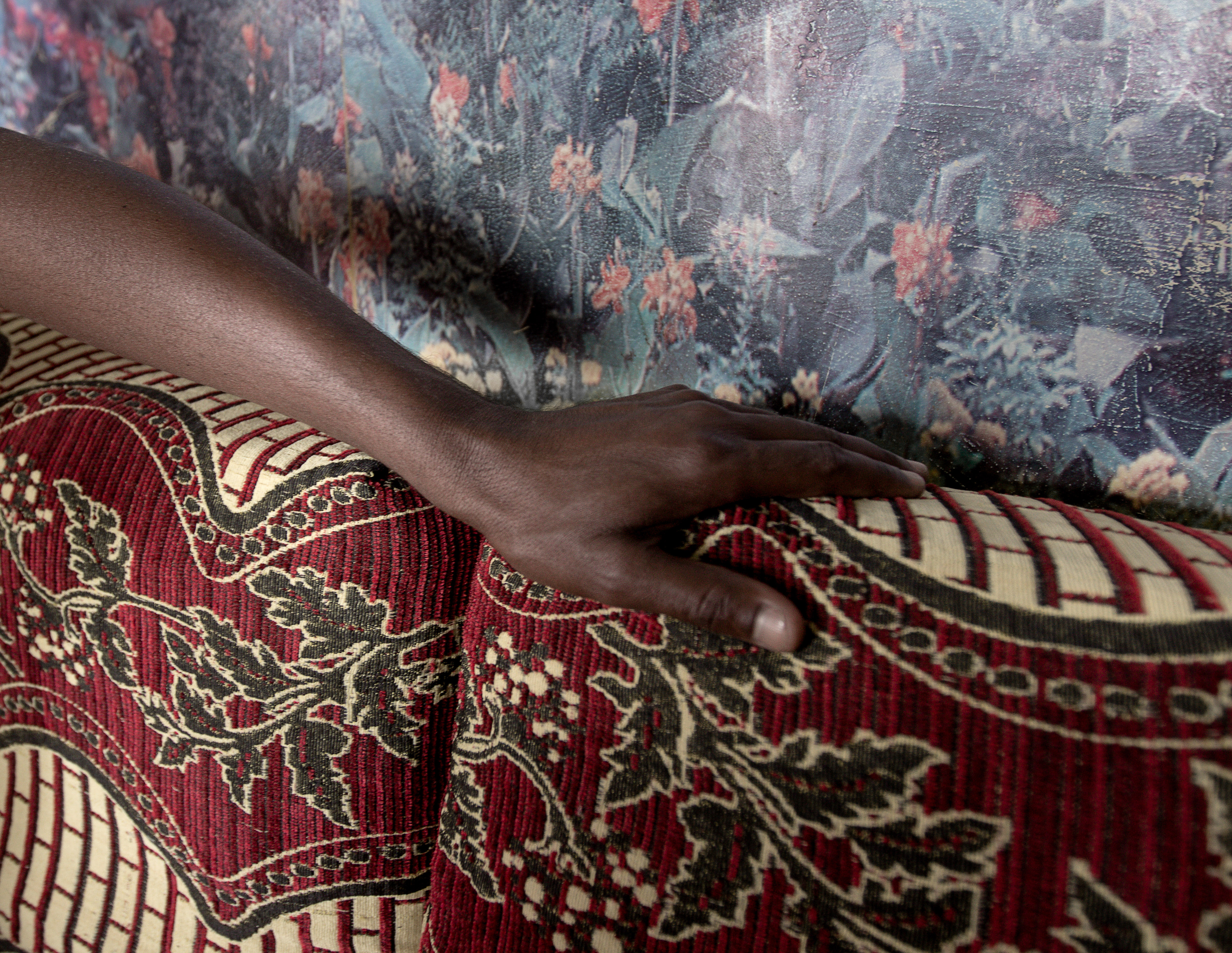
These days, men of Heissa fish for living, while more younger ones
offer tour guides to tourists who come for the natural scenery of the reservoir
and the ancient temples that can only be reached by fishermen boats.

In today’s Egypt, Nubia represents a broken promise, whose image is often seen with struggle. Many Nubians see the rest of
Egypt, or remaining strip of the Nile, as not caring of what happened to
their submerged herigtage. Seeing no sympathy in their forced displacement. An anger at a promise of return that was never kept.
The island of Heissa represents the last refuge of what was once called
home, and through it they see hope in preserving the Nubian culture and its language that was never written, but spoken.
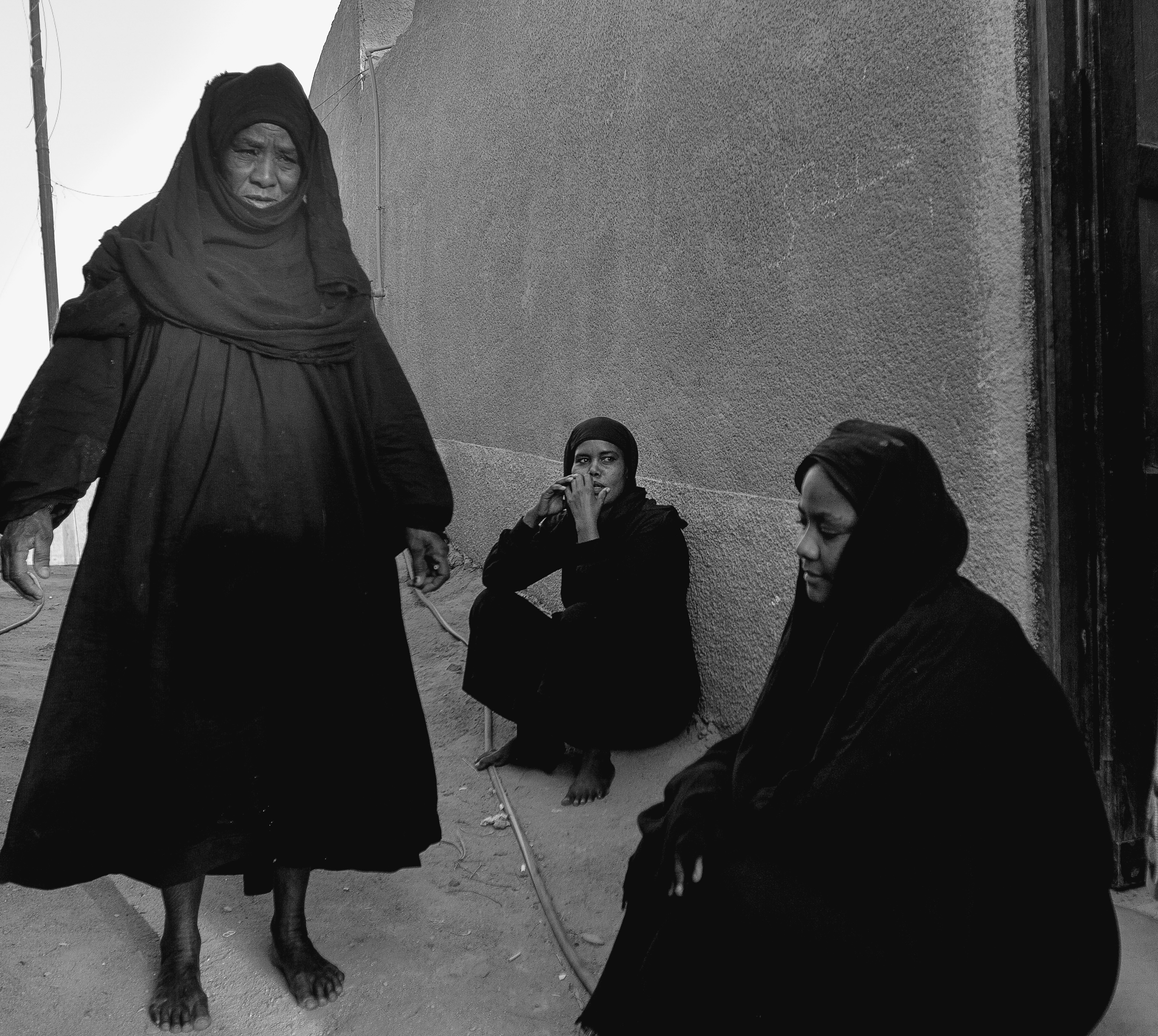

we are here
to stay
everyone else left
every other village
drowned
we are the only ones
who stayed
